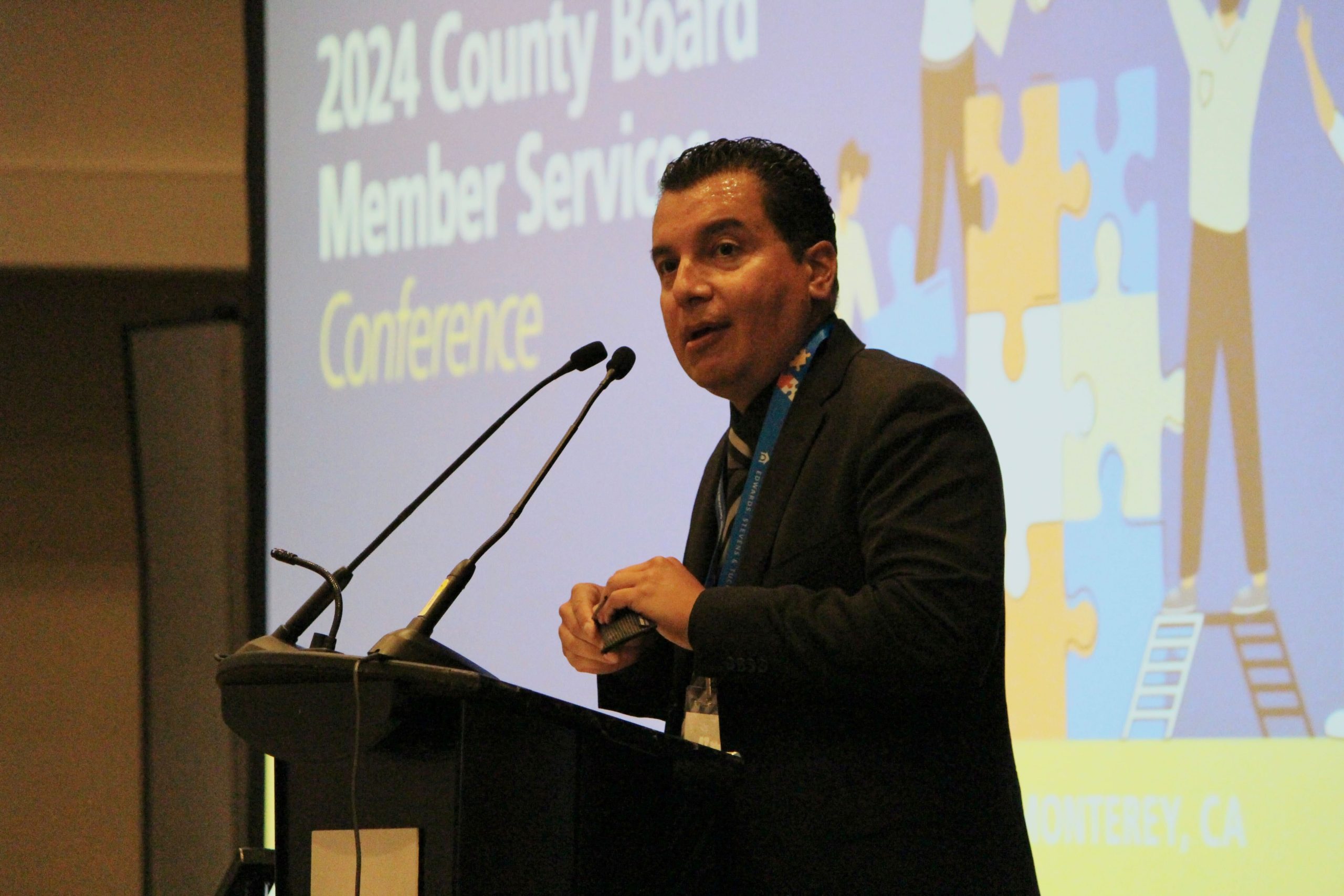In the spring of 1850, San Francisco’s city council established California’s first free public school. This was followed soon after by a city board of education and a city superintendent. Since that time, California school boards have served as stewards of an education system that has helped drive the state’s transformation into a cultural and economic powerhouse.
From that first school house in an old church in San Francisco, boards of education have grown to oversee county offices of education and elementary, high school, and K-12 districts of every description. From the six students in San Benito County’s Panoche Elementary School District to the more than 600,000 students in the Los Angeles Unified School District, trustees provide critical support for California’s 6.2 million public school students.
Altogether, roughly 5,100 California school board trustees — the largest group of elected officials in the state — aid in the establishment of education standards and benchmarks. In this role, trustees provide a critical link of accountability between the school system and local constituents and offer an accessibility to voters that is unrivaled by other public officeholders.
As former CSBA President and current Board of Directors member Chris Ungar wrote in 2016: “Public schools are the most universal and the most intimate of our social institutions. A central role in this democratic tradition is played by publicly elected school boards. Charged with the stewardship of their local districts, school boards provide the most direct connection to an elected official — and often the only direct personal connection to an elected official — for the vast majority of Americans.”
In addition to overseeing educational quality at school districts and county boards of education, these trustees also take on a range of duties away from the classroom. This includes decision-making and direction on budgets, staffing, facilities upkeep and development, food services for kindergarteners through high schoolers, sports programs and other issues. Such concerns are discussed at board meetings that often run late into the night, with intense feedback from the community and scrutiny from the media. Meanwhile, many trustees — 41 percent according to a recent California School Boards Associations survey — have an additional full-time job. Serving as a school board member is not a relaxing hobby or an easy pastime, it’s a labor of love for those who see schools as the cornerstone of our society’s future.
Recognizing the importance of this work and the need to advocate more effectively for public schools, a group of trustees established the California School Trustees Association in 1931 to “secure equal educational opportunities for the pupils in all school districts in the state.” In 1940, the Association’s founding member, Florence Porter, was instrumental in forming the National Council of State School Boards Association (later the National School Boards Association). In 1953, California School Trustees Association rebranded as the California School Boards Association, an organization dedicated to strengthening and promoting school board governance and driving the public education policy agenda through advocacy, training, and member services.
CSBA is committed to the idea that strong local boards of education are needed to provide a high-quality education for every student in every community. Since our founding, we have supported boards in this work by fighting to preserve the crucial tenet of local control and to secure full and fair funding for California’s public schools.
In appreciation of the important role school board members play in shaping the education landscape of California, CSBA salutes the state’s hard working trustees during January’s School Board Recognition Month. As part of this tribute, CSBA will spotlight school boards and their contributions all month long. Check-in with CSBA on Twitter and Facebook for new posts throughout #SchoolBoardMonth.





